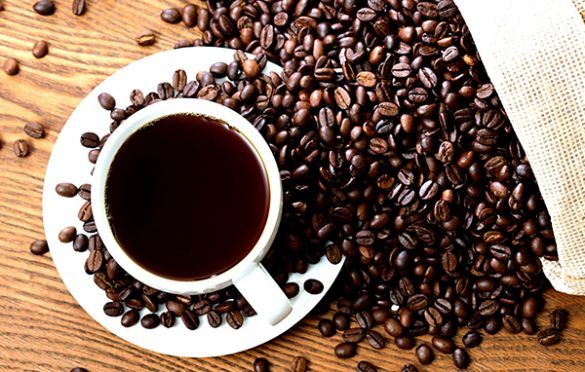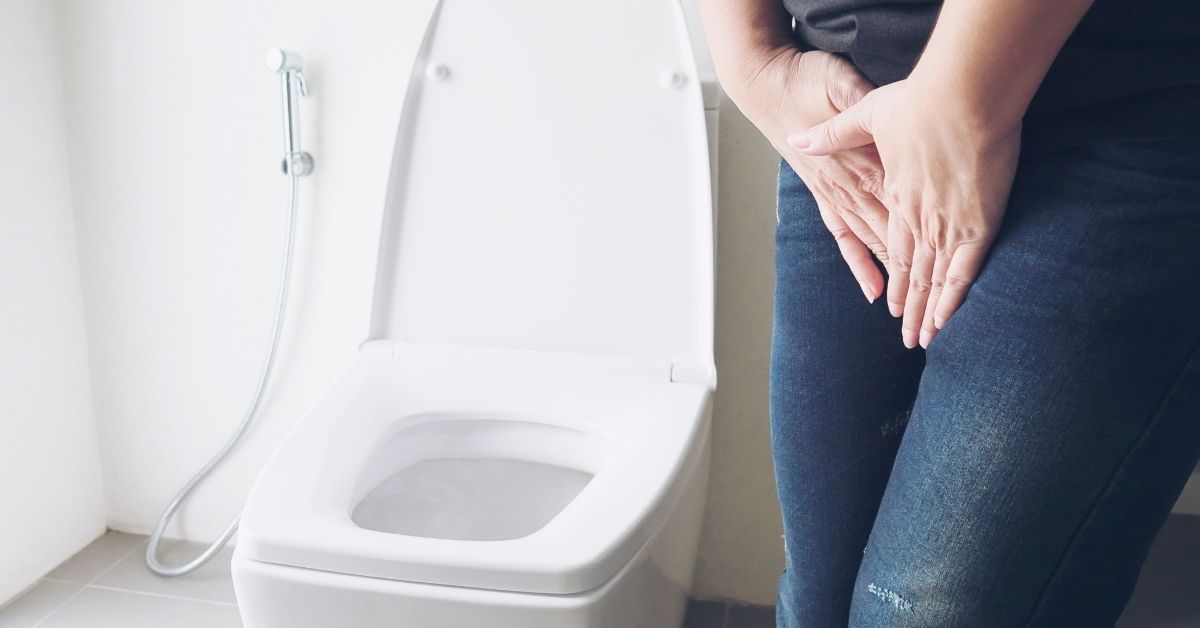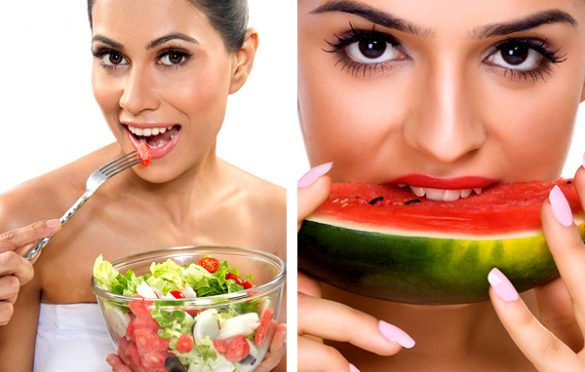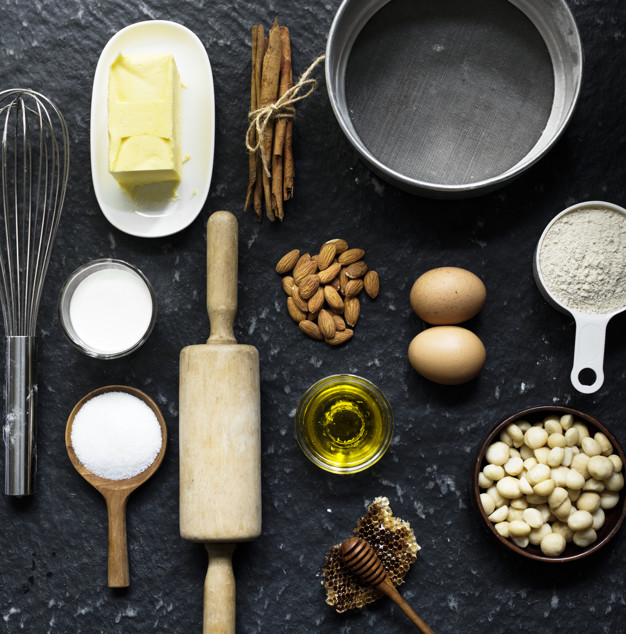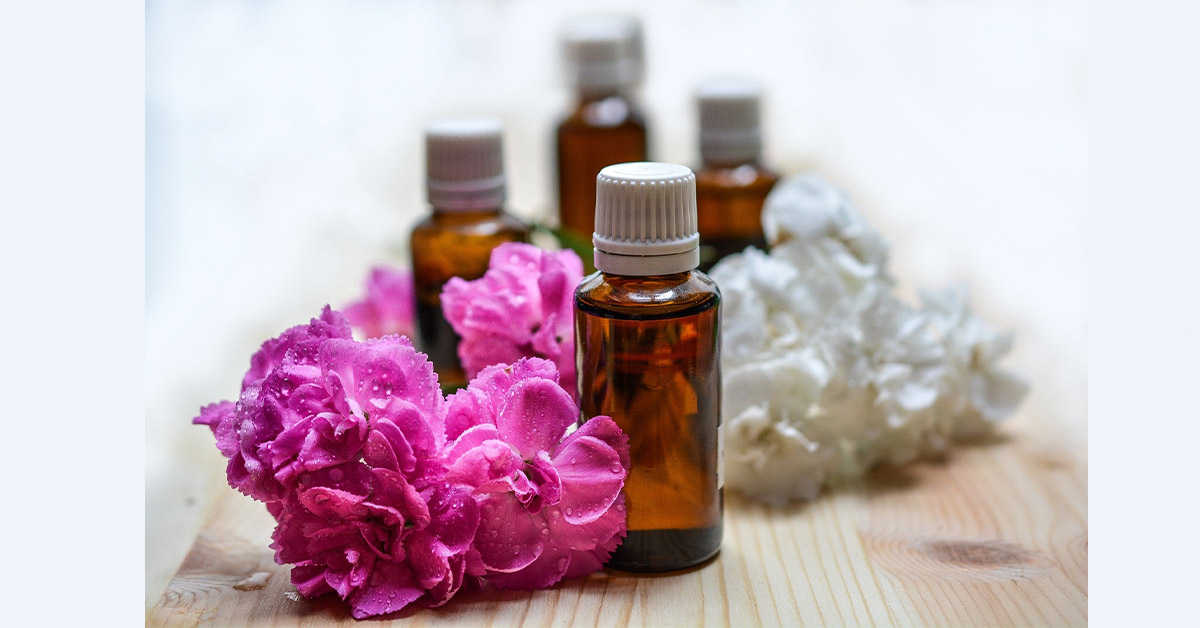Spices can be a seed, fruit, root, bark, or other plant substance and are used all over the world for flavoring or coloring food. Spices are distinguished from herbs, which are the leaves, flowers, or stems of plants used for flavoring or as a garnish. Spices are sometimes used in medicine, religious rituals, cosmetics or perfume production. Depending on their geographical origin, the native spices play a vital role in the cuisines and culture of that region.
Cloves were used in Mesopotamia by 1700 BC. The ancient Indian epic Ramayana mentions cloves. The Romans had cloves in the 1st century CE, as Pliny the Elder wrote about them. The Egyptians used herbs for mummification and their demand for exotic spices and herbs helped stimulate world trade.
The word spice comes from the Old French word espice, which became epice, and which came from the Latin root spec, the noun referring to “appearance, sort, kind”. Species has the same root.
The earliest written records of spices come from ancient Egyptian, Chinese, and Indian cultures. The Ebers Papyrus from Early Egyptians that dates from 1550 B.C.E. describes some eight hundred different medicinal remedies and numerous medicinal procedures.
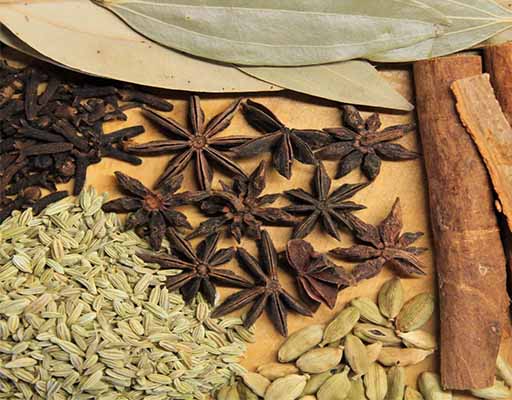
Here are some basic spices found in every household along with their health benefits. Before rushing to the medicine closet, rush to the kitchen instead to give these a shot for basic ailments.
1. Turmeric
Known as the gold among spices, this spice’s reputation has shot up since COVID 19 for its decongestant, antibacterial and anti inflammatory properties. Turmeric is also packed with antioxidant, anti-viral, anti-fungal, anti-carcinogenic, and anti-mutagenic properties. It is good for your brain, relieves arthritis, prevents cancer and has healing properties. Rich in circumin, turmeric’s anti-inflammatory properties have been instrumental in treating osteoarthritis, rheumatoid arthritis and other chronic pain conditions.
2. Star anise
Star nise is usually used for culinary purposes in Chinese, Indian, Malaysian and Indonesian cuisines. Star anise is a spice made from the fruit of the Chinese evergreen tree Illicium verum. It’s aptly named for the star-shaped pods from which the spice seeds are harvested and has a flavor that is reminiscent of licorice. It is a rich source of two important antioxidants namely linalool, an essential oil, and vitamin C that protects the body against cellular damage caused by environmental toxins. Some researches indicate that the antioxidant capacity of this spice may even possess anti-cancer properties, such as reducing tumor size
3. Mustard
Mustard has a spicy flavor and is native to the temperate areas of Europe. It helps reduce pain, stimulates appetite and relieves symptoms of arthritis. Including mustard oil in your regular diet could prove to be beneficial to your heart health as it is a rich source of MUFA, and lowers bad cholesterol in the body. In Maharashtra, mustea1e63ard oil is used for body massage during extreme winters, as it is thought to keep the body warm. Mustard seeds are a rich source of oil and protein. The seed has oil as high as 46-48%, and the whole seed meal has 43.6% protein.
4. Black Pepper
Black pepper, also known as the king of spices, promotes weight loss, helps relieve cold and cough, improves digestion, boosts metabolism and treats many skin problems. Add this fact to a glass of turmeric milk and it becomes much more therapeutic with a pinch of black pepper. Combined with honey, this is a great cure for throat irritations and coughs. In ancient medicine, black pepper was believed to cure several illnesses, such as constipation, insomnia, oral abscesses, sunburn, and toothaches, among others. One tablespoon of ground black pepper contains moderate amounts of vitamin K, iron and manganese with trace amounts of other essential nutrients, protein, and dietary fibre.
5. Cumin
It has the ability to aid digestion, improve immunity and treat skin disorders, insomnia, respiratory disorders, asthma, bronchitis and anemia. In India, most gravies are flavoured with cumin as it is a common remedy for digestive issues. The seeds are powdered and used in different forms like kashaya (decoction), arishta (fermented decoction), and vati (tablet/pills), and processed with ghee (a semifluid clarified butter). In traditional medicine practices of several countries, dried cumin seeds are believed to have medicinal purposes.
6. Clove
Clove oil is one of the richest sources of antioxidants. Cloves are antibacterial, antifungal and antiseptic. They are rich sources of minerals, omega-3 fatty acids, fiber and vitamins and minerals. In aromatherapy, it is used as an antiseptic and pain reliever especially for toothaches and stomach pain. It is often mixed with other oils to treat various disorders. Chewing on some clove buds can help reduce a coughing fit.
7. Cinnamon
Cinnamon has a large number of antioxidants which protects the body from body diseases and is anti-inflammatory in nature. Cinnamon forms a part of many exotic dishes and reduces bloating. This is the bark of the tree which is used as a spice and used in cookery as a condiment and flavouring material. It is known to lower total cholesterol and triglycerides. It is often used to fight insulin resistance for elevated insulin levels. Cinnamon has a long history of use in traditional medicine as a digestive system aide.
8. Cardamom
Also known as elaichi, cardamom hails from India, Bhutan, Nepal, and Indonesia. Green cardamom is one of the most expensive spices by weight but little is needed to impart flavour. It is best stored in the pod, as exposed or ground seeds quickly lose their flavor. A rich source of vitamin A and vitamin C, calcium, iron, and zinc, this spice promotes heart health, helps in digestion, enhances oral health, helps in diabetes, helps fight depression, fights asthma, prevents blood clots and treats skin infections. Individual seeds are sometimes chewed and used in much the same way as chewing gum as it helps to neutralize the breath odors.
9. Saffron
It comes from a flower’s stigma and styles. These are called threads, and collected and dried for use mainly as a seasoning and colouring agent in food. Saffron has long been the world’s most costly spice by weight and has a very distinctive aroma. It is often used in cooking to give its color and essence to the food. It helps manage asthma, aids in menstrual problems and soothes dry skin. Saffron has also been studied for its possible beneficial effect on cardiovascular risk factors, such as lipid profile, blood glucose, weight, and in erectile dysfunction. Saffron infused milk is usually consumed for flawless, bright skin tone abd is used in creams and lotions for this property.
10. Fenugreek
This spice has many medicinal uses. It improves digestion, is known to increase libido in men, promotes milk flow in mothers, helps those suffering from eating disorders and also reduces inflammation. Also used in traditional medicine, fenugreek can increase the risk for serious medical side effects, though its culinary use (in smaller quantities) is usually believed to be safe. Fenugreek dietary supplements are manufactured from powdered seeds into capsules, loose powders, teas, and liquid extracts in many countries. Powders may also be used as a topical medication or dressing for skin wounds or eczema.



